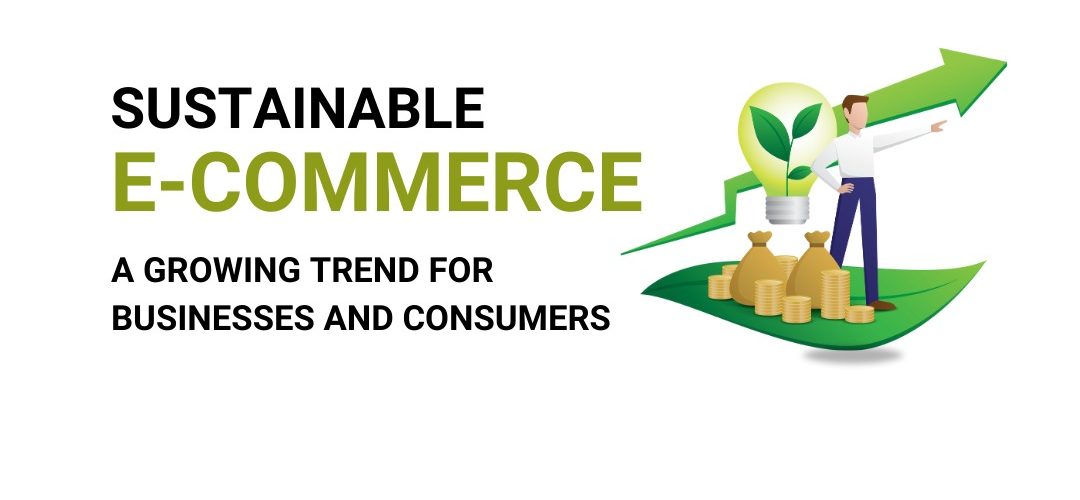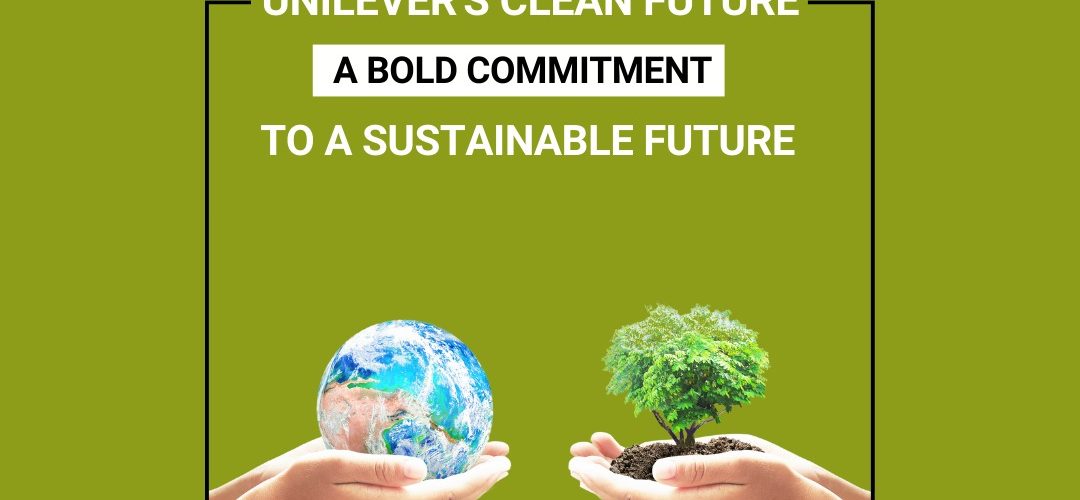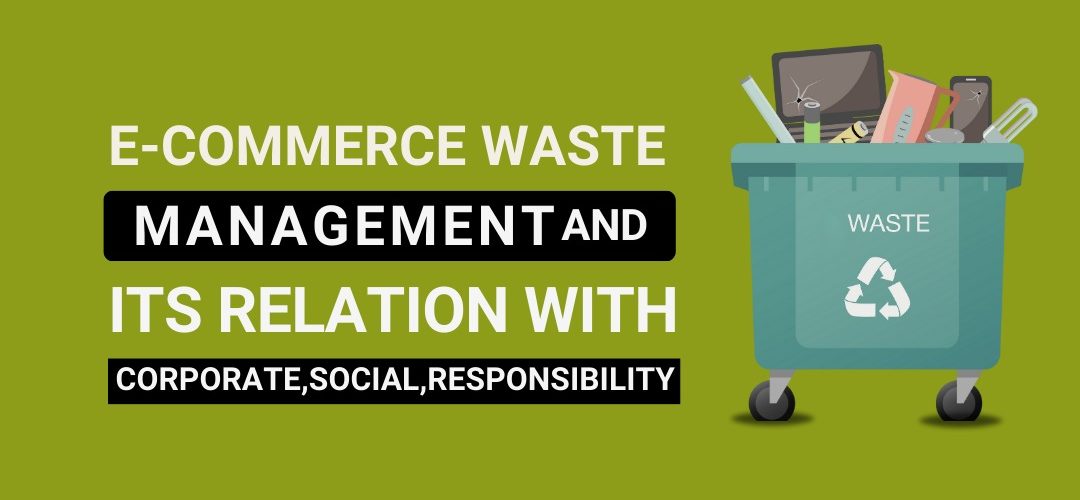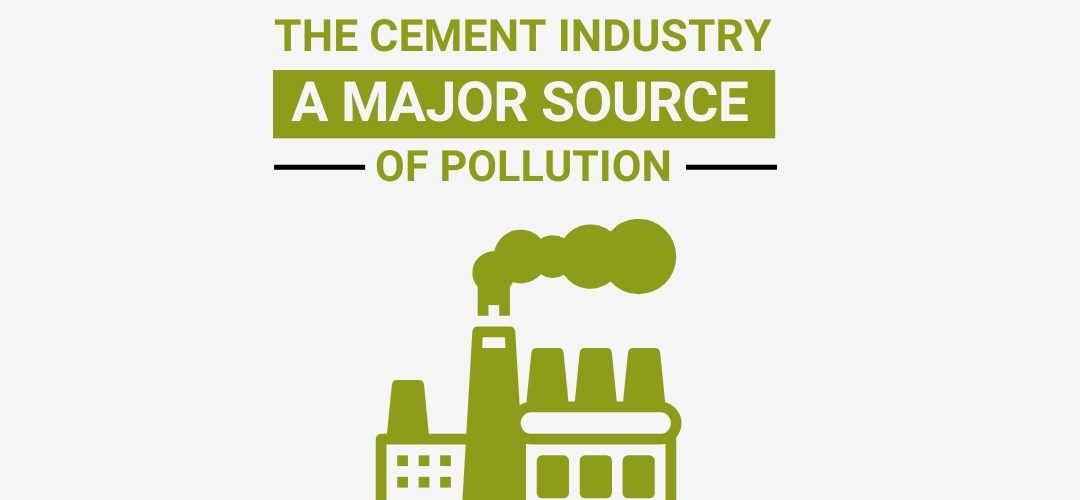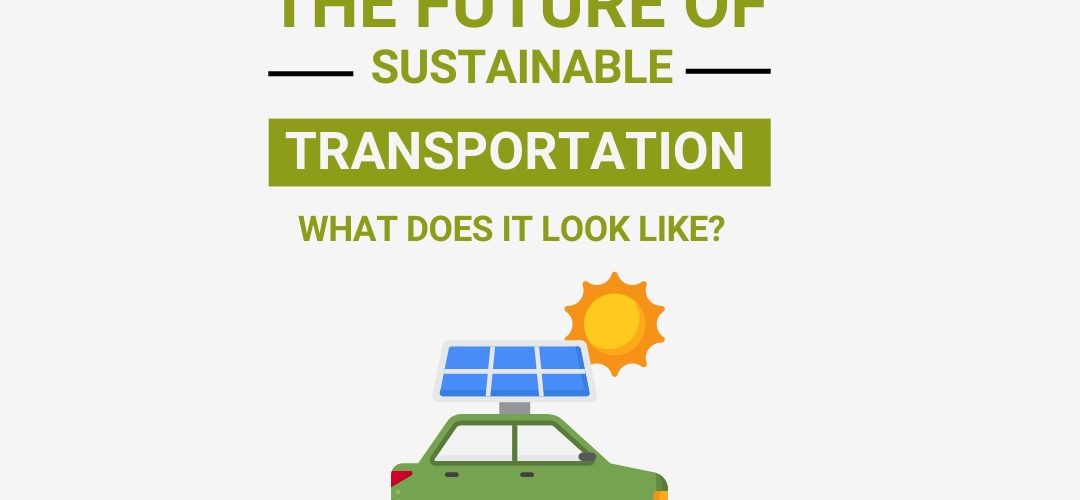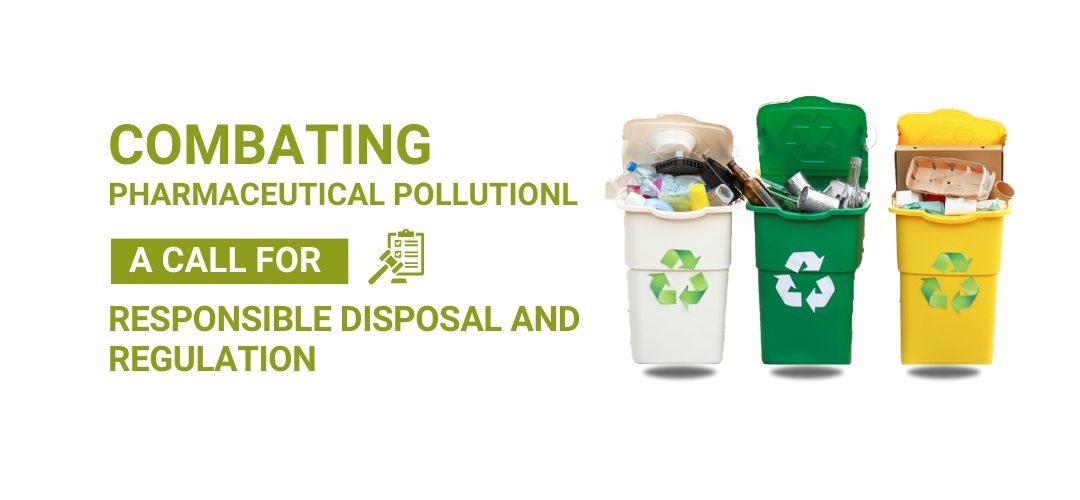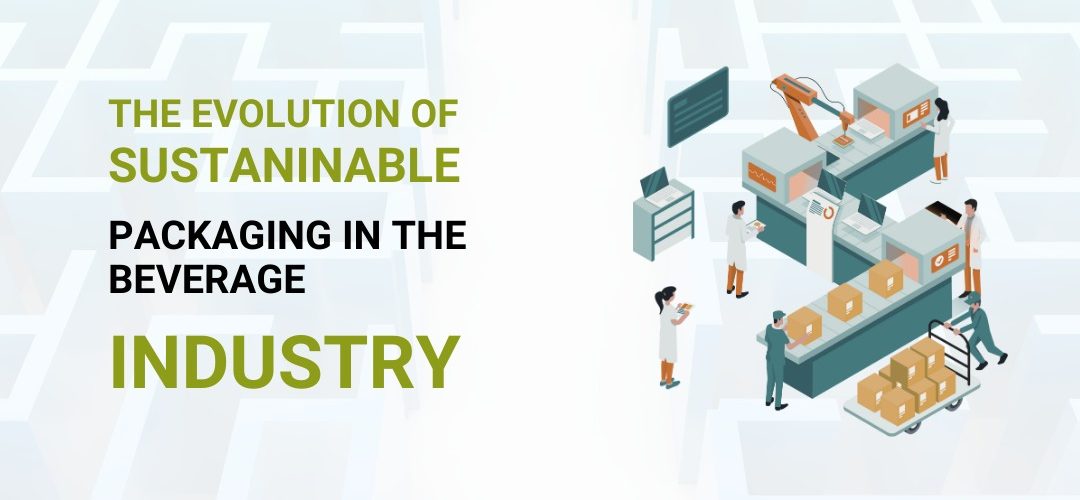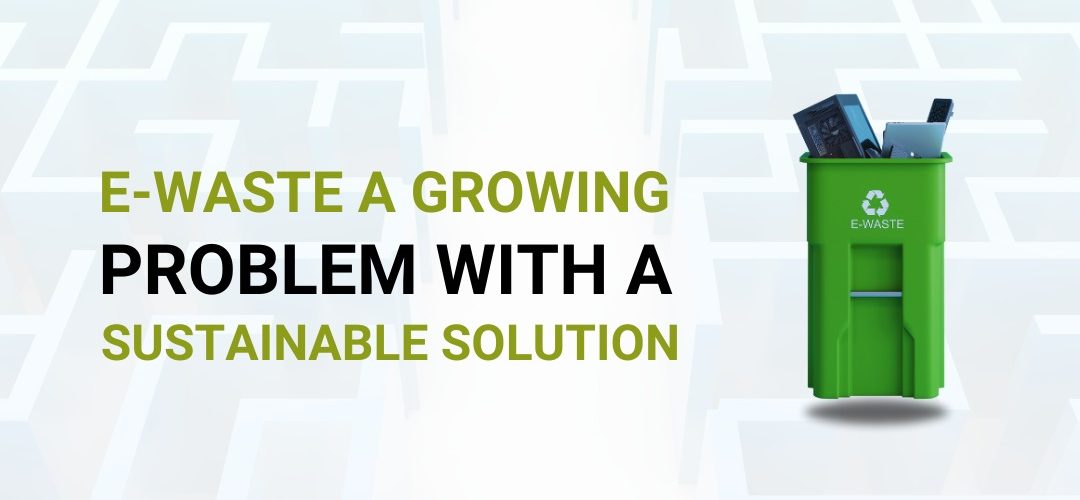E-commerce is a rapidly growing industry, and with it comes the need for sustainable practices. Sustainable e-commerce refers to the practice of running an online store in a way that minimizes environmental impact. This can include things like using recycled packaging, offering carbon-neutral shipping, and sourcing products from sustainable suppliers. There are many benefits to sustainable e-commerce. For businesses, it can help to improve their reputation and attract new customers. For consumers, it can help to reduce their environmental impact and
The automotive industry is facing increasing scrutiny due to its significant contribution to global pollution, particularly in terms of carbon emissions. In India, this sector alone is responsible for approximately 10% of the country’s total carbon emissions. However, recognizing its environmental impact, the industry has set its sights on achieving sustainability by adopting greener practices. Sustainability Goals in the Automotive Industry To address the urgent need for sustainability, the Indian automotive industry has outlined specific goals to work towards: Reducing greenhouse gas emissions
Unilever is one of the world’s largest consumer goods companies, with brands that are known and loved by people all over the world. In recent years, Unilever has made a bold commitment to sustainability, with the goal of halving its greenhouse gas emissions by 2030 and achieving net zero carbon emissions by 2039. One of the key pillars of Unilever’s sustainability strategy is its Clean Future initiative. Clean Future aims to create a new generation of cleaning and laundry products that
The pharmaceutical industry is one of the most important industries in the world. It is responsible for developing and manufacturing the drugs that we rely on to stay healthy. However, the pharmaceutical industry also has a significant environmental impact. The production of pharmaceuticals requires a lot of energy and water, and it generates a lot of waste. In recent years, there has been a growing awareness of the need for the pharmaceutical industry to adopt more sustainable practices. This is due
The rise of e-commerce has led to a significant increase in waste generation. Packaging, returns, and transportation all contribute to the environmental impact of online shopping. Corporate social responsibility (CSR) is a way for businesses to address their environmental impact. By implementing sustainable waste management practices, businesses can reduce their environmental footprint and improve their CSR performance. There are a number of ways that businesses can manage e-commerce waste. These include: Using sustainable packaging materials. Businesses can choose to use packaging materials that
The cement industry is one of the most polluting industries in the world. It is responsible for about 7% of global carbon dioxide emissions, and it also produces a variety of other pollutants, including sulfur dioxide, nitrogen oxides, and particulate matter. These pollutants can have a significant impact on human health and the environment. The Environmental Impact of Cement Production The environmental impact of cement production can be divided into two main categories: Air pollution: The production of cement releases a variety of air
The transportation sector is one of the largest contributors to greenhouse gas emissions, accounting for about 29% of global emissions in 2020. As the world seeks to reduce its emissions and combat climate change, the future of sustainable transportation is becoming increasingly important. Several new technologies have the potential to make transportation more sustainable. These include: • Self-driving cars: Self-driving cars have the potential to reduce emissions by eliminating the need for human drivers. They can also be more efficient, as they
Introduction: Pharmaceutical pollution has become a pressing environmental issue with severe consequences on human health, aquatic life, sewage treatment systems, drinking water, and the overall environment. This blog explores the key causes of pharmaceutical pollution and its detrimental effects, while proposing practical solutions to mitigate its impact. Causes of Pharmaceutical Pollution: Drug Ingestion and Excretion: When organisms consume pharmaceuticals, their bodies metabolize and expel the leftover waste products, which eventually find their way into the environment through urine and fecal matter. Healthcare Institutions Disposal:
The Influence of Sustainability on Beverage Packaging According to Katie Simmons, the marketing director for Pactiv Evergreen, sustainable and healthy products have become top priorities for consumers. This trend extends to beverage packaging, where recyclability and renewability are essential considerations. Research conducted by Pactiv Evergreen highlights the significant influence of millennials and younger generations on these sustainable packaging trends. Pedro Goncalves, the vice president of marketing for Tetra Pak U.S. and Canada, notes that sustainability is a driving force in the food
The digital revolution has brought us many benefits, but it has also created a new problem: e-waste. E-waste is the discarded electronic devices that we no longer use. It is a growing problem because we are constantly upgrading our devices, and the old ones end up in landfills or incinerators. The e-waste problem is a complex one, and there is no single solution. However, by taking steps to raise awareness, encourage recycling, and design for sustainability, we can make a significant


